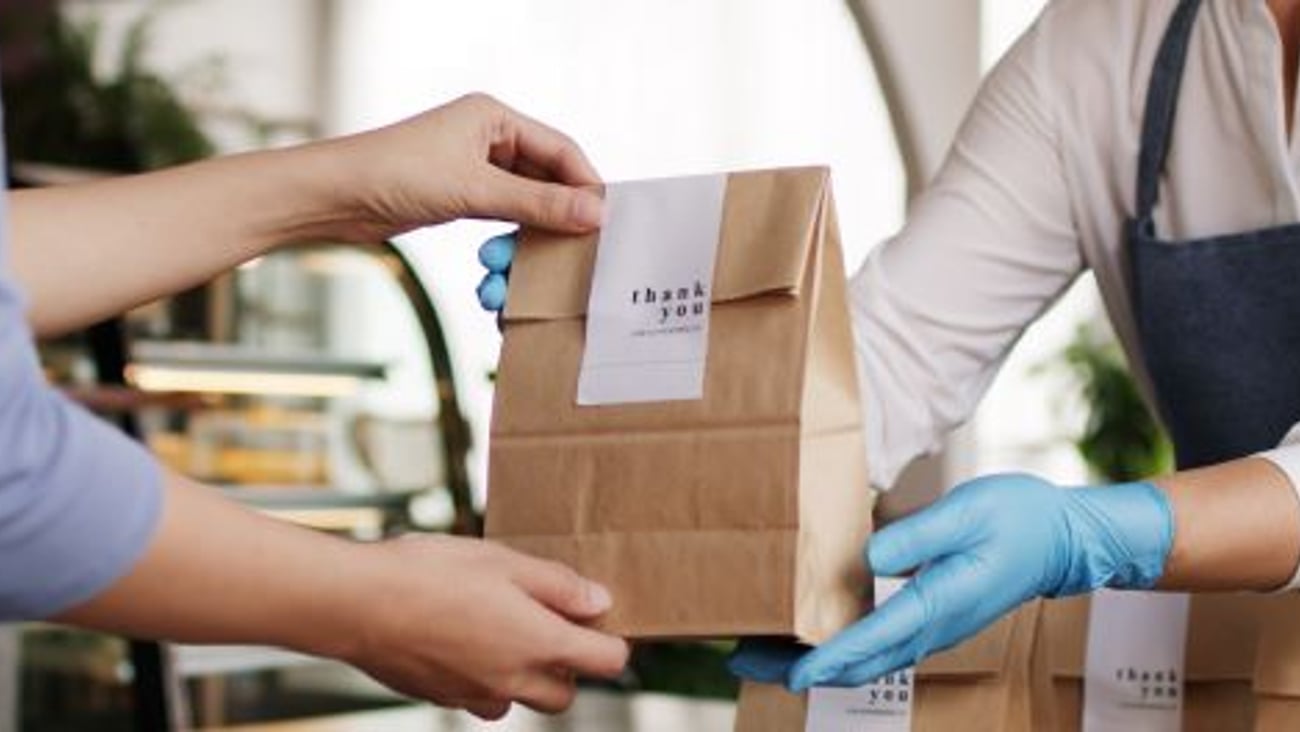Hankering for menu solutions?
Purchasing for foodservices at your convenience store is different than procurement for traditional convenience store items. Unless you are part of a chain of convenience stores, you will need a separate supplier or suppliers for your foodservice products.
Broadline distributors
A broadline distributor, such as Sysco or Gordon Food Service (GFS), provides almost everything a foodservice operator needs. In the case of convenience stores, this includes the food product and “paper” product (e.g., packaging, containers, liners, napkins, disposable cutlery, etc.).
A broadline distributor covers its costs and makes a profit by marking up products by 15% to 30%. The degree of markup a foodservice operator receives is typically based on order volumes. An independent restaurant would likely be subject to the higher markup, while a chain restaurant operator, such as a McDonald’s franchisee, would receive a lower markup.
Most convenience stores would likely be at the higher end of the markup range.
Broadline distributors often have minimum order quantities. When negotiating with a distributor, it is important the convenience store owner/manager understands the implications of minimum order quantities on their storage space, especially cooler or freezer space.
I recommend reevaluating your broadline distributor agreements once a year. Check the prices offered by your distributor against others to make sure you are receiving the most competitive pricing.
Group purchasing organizations
A convenience store may be able to secure a lower broadline distributor markup by joining a group purchasing organization (GPO), such as, Foodbuy Canada or Groupex. GPOs leverage purchasing power by combining the purchase volumes of their membership. GPOs negotiate manufacturer rebates for their memberships, often in the range of 4% to 8%. A convenience store with a foodservice program could access Groupex and receive other benefits by joining Restaurants Canada. Discounts apply to select items commonly purchased by the group. Often, participation in GPOs requires a foodservice operation purchase a significant percentage of their products through the organization, which is not a challenge for convenience store operators as they would want to limit the number of deliveries.
Vendor partners
Another opportunity for convenience store foodservice programs is offering branded restaurant products. This could include participating in a coffee program (e.g., Starbucks or Tim Hortons), baked goods (e.g., Krispy Kreme Donuts) sandwiches, salads, hot food, etc. Vendor partners could be regional, national or international brands.
For larger convenience stores on prime sites, a vendor partner kiosk could be operated inside the store and represent the store’s food service program in its entirety. Another option is including branded menu items as part of your foodservice offering (i.e., the foodservice program operated by the store, often incorporated into the cashier’s role).
Local vendors and franchisees partners may be interested in the opportunity. A restaurant chain may view selling product as a way to use excess kitchen labour to generate sales. They may view your store as an opportunity to sell their products outside of their normal business hours. Not all vendors will be interested or able to act as a vendor, but the right partner can significantly increase sales in your foodservice program. Sales increases come not only from selling the vendor’s food products, but also peripheral sales including beverage sales and the sale of other items the customer purchases while in your store.
In choosing a vendor partner, you want to select one that has products that would meet a convenience store’s foodservice needs. It should be easily portable (you likely don’t have a dining area) and should be able to be held for long periods of time without a deterioration in quality. Further, the quality should be as good when served in your store as when served in the vendor partner’s restaurant. The product should be easy to prepare and serve in the store. Most importantly, the partner’s brand name should drive incremental sales (e.g., you must sell more branded sandwiches at a greater overall profit margin than you would have making your own sandwiches or using generic sandwiches prepared by another provider).
Your vendor partner doesn’t have to be a regional or national brand. An independent restaurant that is well known for quality products in your neighbourhood could be a great vendor partner.
You want to have your vendor deliver the products to your store. The cost of the product has to be such that it allows you to generate a profit margin on the product charging prices at or just slightly greater than those charged by your vendor in their restaurant. The vendor may want to dictate the price you are able to charge.
To be successful, you will want to market the fact you are serving the vendor’s product. This can be done through in-store displays/signage, as well as online efforts.
Finally, you want to understand the demand for the product(s) in your store. You want to be ordering the correct amount each day so you don’t run out too early and you don’t have too much, if any, leftover generating food waste.
Jeff Dover is president of fsSTRATEGY, a consulting firm specializing in strategic advisory services for the hospitality industry, with an emphasis on food and beverage. Jeff is based in Toronto, Canada and can be reached at (416) 229-2290 extension 2 or [email protected].








